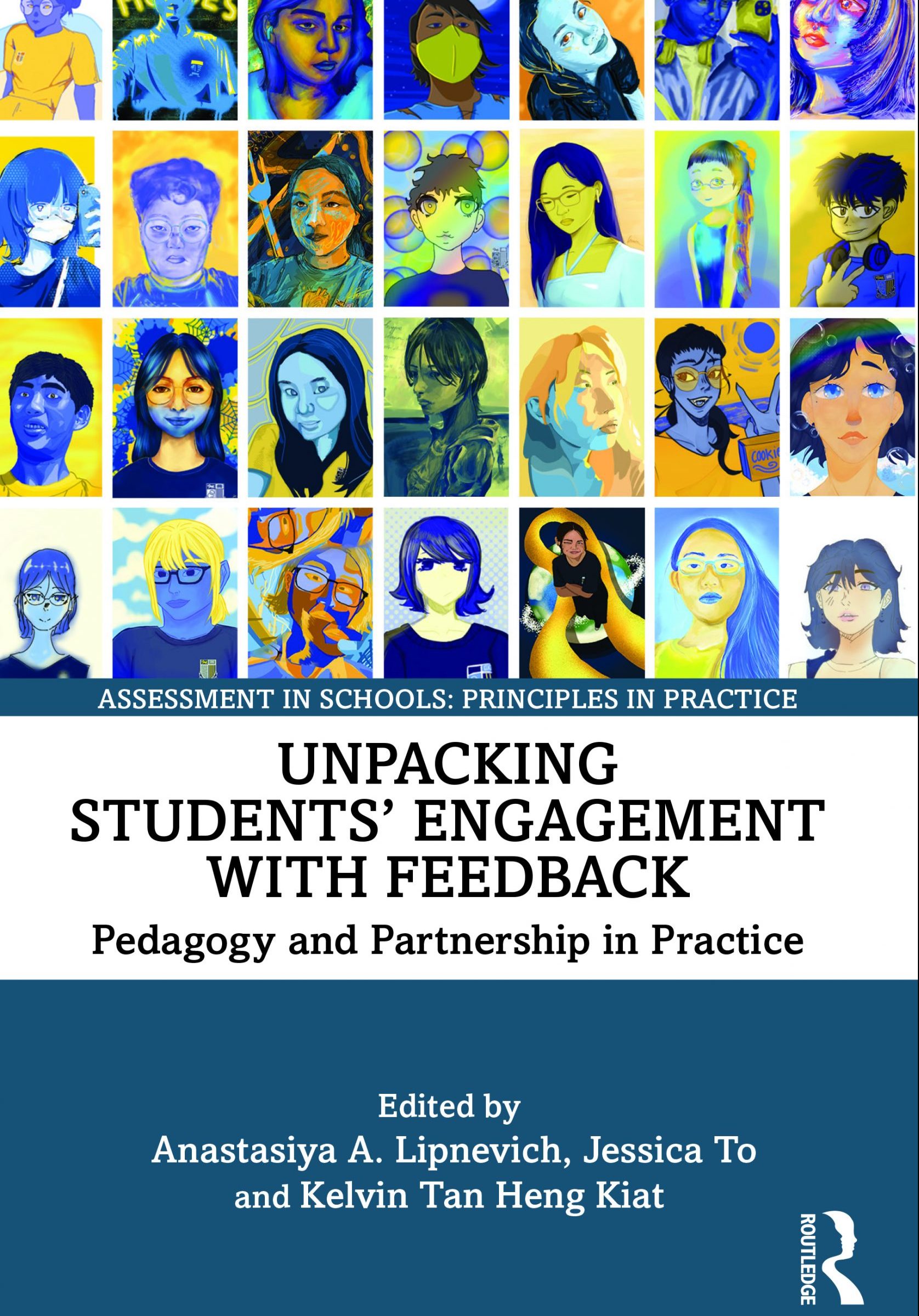
Learners of all levels receive a plethora of feedback messages on a daily – or even hourly – basis. Teachers, coaches, parents, peers – all have suggestions and advice on how to improve or sustain a certain level of performance.
This volume offers insights into the complexity of students’ engagement with feedback, the diversity of teachers’ feedback practices, and the influence of personal assessment beliefs in tension with prevailing contexts. It focuses on two main sections: what is students’ engagement with feedback? And what is the variety of teachers’ feedback practices? Under these themes, the content covers a broad range of key topics pertaining to instructional feedback, how it operates in a classroom and how students engage with feedback. Unarguably, feedback is a key element of successful instructional practices – however we also know that (a) learners often dread it and dismiss it and (b) the effectiveness of feedback varies depending on teacher’s and student’s characteristics, specific characteristic of feedback messages that learners receive, as well as a number of contextual variables. What this volume articulates are new ways for learners to engage with feedback beyond recipience and uptake.
With nuanced insights for research and practice, this book will be most useful to teachers, university teacher educators, and researchers working to design and enact new ways of engaging with feedback in schools and beyond.
